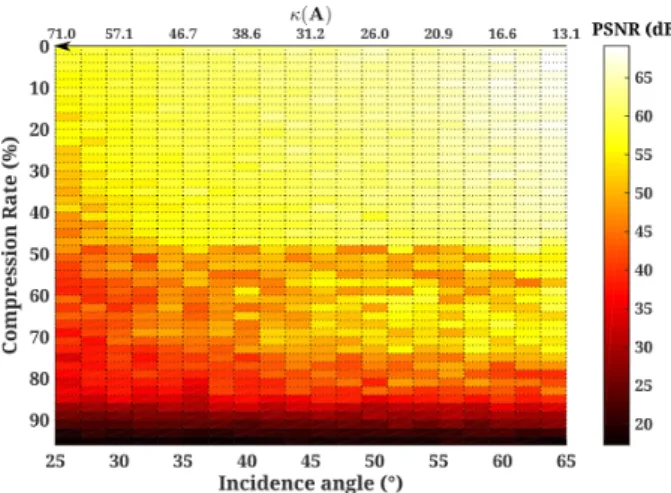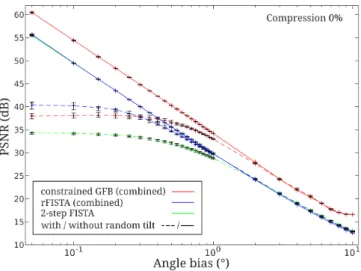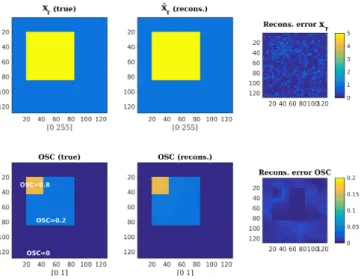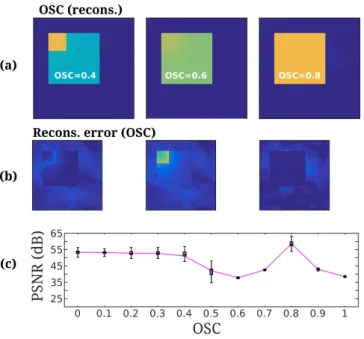Two-pixel polarimetric camera by compressive sensing
Texte intégral
Figure
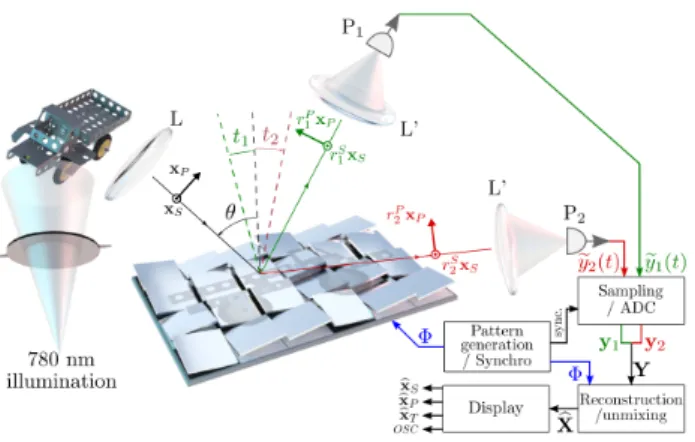
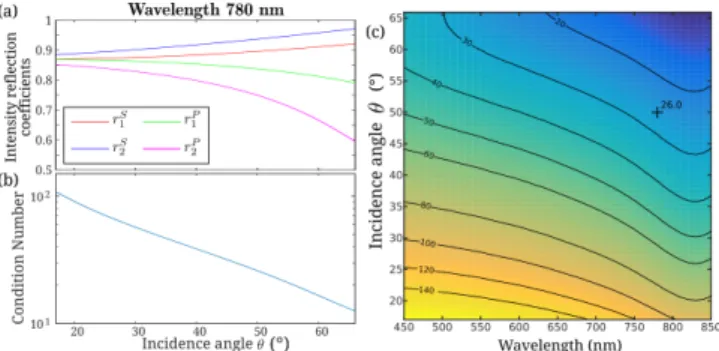
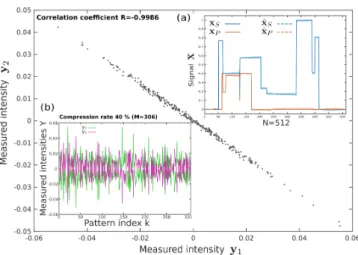
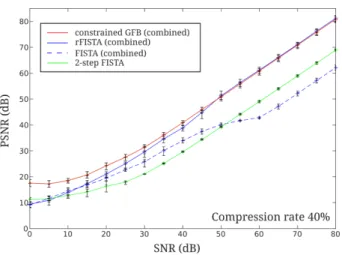
Documents relatifs
Test reports - Confrontation between experimental and numerical results: Analysis of the attenuation of the WIFI signals inside and outside a railway
Neither of those two studies can fully reconcile the degree of polarisation of the dust population, its scattering phase function and the particles blow-out size with a
In particular, we can distinguish at least three regions with different polarisation mechanisms: the very inner central spot dominated by dichroic absorption; the equatorial region
ADAPTIVE ACQUISITIONS IN BIOMEDICAL OPTICAL IMAGING BASED ON SINGLE PIXEL CAMERA: COMPARISON WITH COMPRESSIVE SENSING1. Florian Rousset 1,2 , Nicolas Ducros 1 , Andrea Farina 3
L’archive ouverte pluridisciplinaire HAL, est destinée au dépôt et à la diffusion de documents scientifiques de niveau recherche, publiés ou non, émanant des
Approximating a signal or an image with a sparse linear expansion from an overcomplete dictionary of atoms is an extremely useful tool to solve many signal processing prob-
Without loss of generality and to simplify the explanation, let us assume that the camera is moving on the natural horizontal ground, so the plane of motion is horizontal and
Several algorithms exist (Matching Pursuits [4, 5], Basis Pursuit [6], FOCUSS [7], etc.) that try to decompose a signal in a dictionary in a sparse way, but once the decomposition
